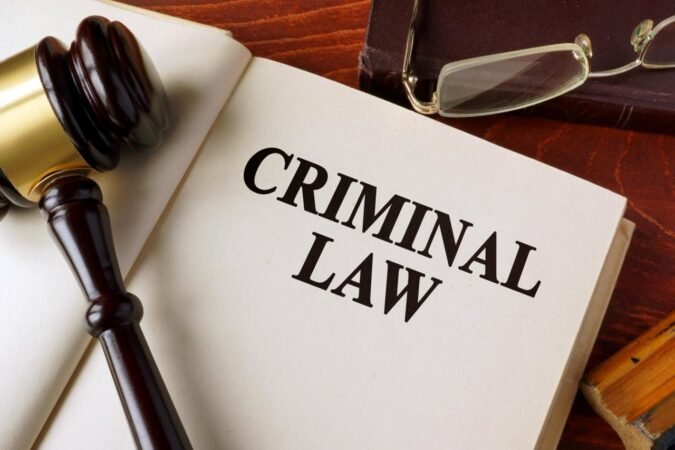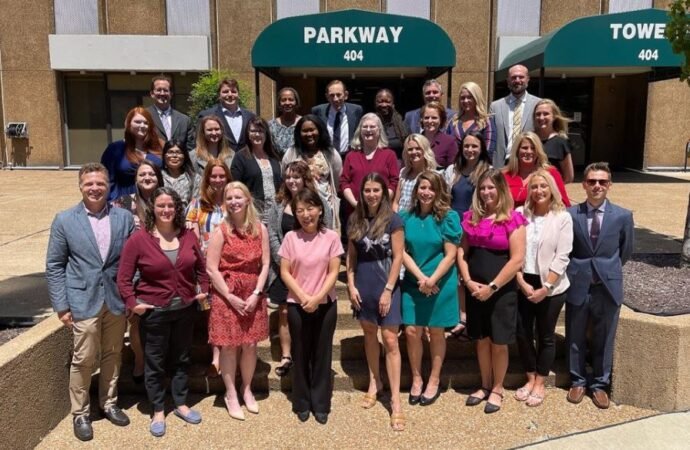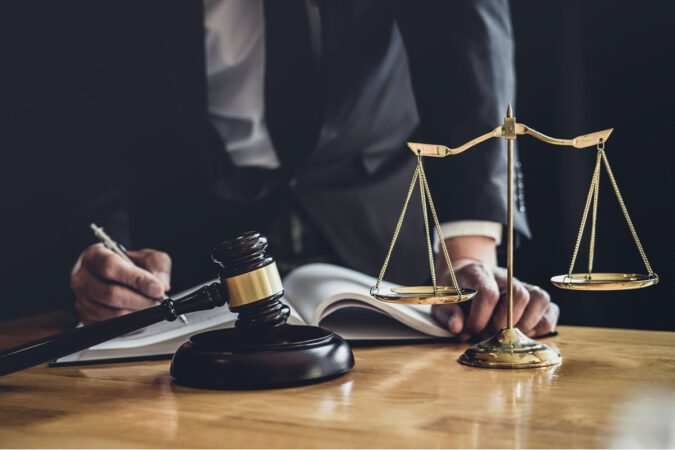
Who upholds general municipal laws in New York? This question delves into the intricate web of governance that ensures the smooth functioning of New York’s cities, towns, and villages. From the state legislature crafting the foundational laws to local governments enforcing them, the process involves a dynamic interplay of authorities and responsibilities.
This exploration will shed light on the various entities that contribute to upholding general municipal laws, from the state government’s role in creating these laws to the crucial contributions of local governments, law enforcement, the court system, and active citizen participation. By understanding these different aspects, we gain a deeper appreciation for the complex yet vital mechanisms that govern New York’s communities.
The Role of the New York State Government
The New York State Government plays a significant role in establishing and regulating the operations of municipalities within the state. This authority is derived from the New York State Constitution and is exercised through the New York State Legislature and the Governor.
The Authority of the New York State Legislature
The New York State Legislature has the power to enact general municipal laws, which apply to all municipalities in the state unless specifically exempted. This power is enshrined in Article III, Section 1 of the New York State Constitution, which vests the legislative power of the state in the Legislature.
Examples of General Municipal Laws
The New York State Legislature has enacted a wide range of general municipal laws covering various aspects of municipal governance. Here are some examples:
- The Municipal Home Rule Law (MHR): This law grants municipalities the power to adopt local laws on matters of local concern, subject to certain limitations. It provides a framework for municipalities to exercise their self-governance.
- The General Municipal Law (GML): This law encompasses a broad range of provisions related to municipal finances, contracts, liability, and other administrative matters. It sets forth general standards and requirements for municipalities to follow.
- The Open Meetings Law: This law mandates that meetings of public bodies, including municipal governing bodies, be open to the public. It ensures transparency and accountability in municipal decision-making.
- The Freedom of Information Law (FOIL): This law grants the public the right to access records held by public bodies, including municipalities. It promotes transparency and public access to information.
The Role of the New York State Governor
The New York State Governor has the power to approve or veto general municipal laws passed by the Legislature. If the Governor approves a law, it becomes effective upon its enactment. However, if the Governor vetoes a law, it is returned to the Legislature, which can override the veto with a two-thirds majority vote in both houses. This process ensures that the Governor’s role in shaping municipal law is balanced with the Legislature’s legislative authority.
The Role of Local Governments
Local governments in New York State play a crucial role in enforcing general municipal laws, ensuring the smooth functioning of communities and upholding the rights of residents. They are responsible for implementing state laws at the local level and tailoring them to meet the specific needs of their jurisdictions.
Types of Local Governments
New York State has a diverse system of local governments, each with its unique responsibilities and powers. The most common types of local governments include:
- Cities: Cities are the most populous type of local government in New York, with a population of at least 10,000. They have a wide range of powers and responsibilities, including zoning, planning, public safety, and infrastructure maintenance.
- Towns: Towns are typically rural areas with a population of at least 500. They have more limited powers than cities, focusing primarily on land use regulation, public safety, and infrastructure maintenance.
- Villages: Villages are incorporated communities within towns, with a population of at least 500. They have a more limited scope of authority than cities, focusing on local issues such as zoning, planning, and public services.
Enforcement of General Municipal Laws
Local governments have the responsibility to enforce general municipal laws within their jurisdictions. This includes:
- Adopting ordinances: Local governments can adopt ordinances that implement or supplement general municipal laws, addressing specific local needs and concerns. These ordinances must be consistent with state law and cannot contradict them.
- Establishing enforcement mechanisms: Local governments have the authority to establish mechanisms for enforcing general municipal laws and their own ordinances. This can include hiring law enforcement officers, establishing courts, or creating administrative bodies.
- Responding to violations: When violations of general municipal laws or local ordinances occur, local governments have the responsibility to investigate, issue warnings, and impose penalties as appropriate. These penalties can include fines, community service, or even imprisonment.
Adopting Local Ordinances
Local governments can adopt ordinances to supplement or implement general municipal laws. These ordinances must be consistent with state law and cannot contradict them. For example, a town might adopt an ordinance regulating noise levels in residential areas, building upon the general municipal law governing noise pollution.
The Role of Law Enforcement

Law enforcement agencies in New York play a crucial role in upholding general municipal laws. These agencies, including police departments and sheriff’s offices, are responsible for enforcing a wide range of laws that govern the daily operations of municipalities, ensuring public safety, and maintaining order.
Enforcement of General Municipal Laws
Law enforcement agencies are responsible for enforcing a broad range of general municipal laws, including those related to:
- Public Safety: This includes laws regarding traffic regulations, noise ordinances, and the use of fireworks. For example, police officers may issue citations for speeding, parking violations, or excessive noise levels.
- Public Health: Law enforcement agencies enforce laws related to sanitation, food safety, and public health. For instance, they may inspect restaurants to ensure compliance with health codes or issue citations for littering.
- Property Rights: General municipal laws also govern property rights, including zoning regulations and building codes. Law enforcement agencies may investigate complaints regarding illegal construction or zoning violations.
- Public Order: Law enforcement agencies enforce laws related to public order, such as those prohibiting disorderly conduct, loitering, and public intoxication.
Procedures for Investigating and Prosecuting Violations
When law enforcement agencies receive a complaint or observe a violation of a general municipal law, they typically follow these procedures:
- Investigation: Officers gather evidence, interview witnesses, and document the violation.
- Citation or Arrest: Depending on the severity of the violation, officers may issue a citation or make an arrest.
- Court Proceedings: Cases involving violations of general municipal laws are typically heard in local courts.
- Penalties: Penalties for violating general municipal laws can vary depending on the specific offense and may include fines, community service, or even imprisonment.
The Role of the Courts

The New York State court system plays a crucial role in interpreting and applying general municipal laws. This ensures that these laws are consistently applied throughout the state, and that they are in line with the state constitution and federal law.
Interpreting and Applying General Municipal Laws
The courts in New York State are responsible for interpreting and applying general municipal laws. This involves examining the language of the laws, considering the legislative intent, and applying the laws to specific factual situations. The courts also have the power to strike down laws that are found to be unconstitutional or violate other legal principles.
Examples of Court Cases
There have been numerous court cases that have addressed the interpretation or application of general municipal laws. Here are some examples:
- In City of New York v. Giuliani, the New York Court of Appeals ruled that the city’s ban on public smoking was constitutional. This case demonstrated the courts’ role in upholding public health and safety regulations, even when they might be seen as restrictive.
- In Town of Islip v. Cuomo, the New York Court of Appeals upheld the state’s authority to regulate the use of pesticides. This case illustrated the courts’ role in balancing local interests with state-level environmental regulations.
Appealing Decisions
When a lower court makes a decision regarding a general municipal law, the parties involved can appeal the decision to a higher court. This process allows for the review of the lower court’s decision and ensures that the law is being applied correctly.
The Role of Citizen Participation
Citizen participation is a cornerstone of a healthy democracy, and in the context of New York’s general municipal laws, it plays a crucial role in ensuring that laws are responsive to the needs and concerns of the people they affect. Citizens have various avenues for participating in the process of enacting, enforcing, and interpreting these laws.
Public Hearings and Public Input
Public hearings provide a formal platform for citizens to express their views and concerns regarding proposed municipal laws. These hearings are typically organized by local governments, often with the involvement of the relevant legislative bodies. During public hearings, citizens can:
- Present written or oral testimony.
- Ask questions of government officials.
- Engage in discussions with other citizens.
The feedback gathered from public hearings is then considered by lawmakers as they draft and revise proposed legislation.
Other forms of public input include:
- Online surveys and feedback forms: These provide a convenient way for citizens to share their opinions on a wide range of issues related to municipal laws.
- Community meetings and town halls: These informal gatherings allow for open dialogue and exchange of ideas between citizens and government officials.
- Letters to elected officials: Citizens can express their views and concerns directly to their representatives through written correspondence.
Public input is essential for shaping general municipal laws to reflect the values and priorities of the community.
Citizen Rights and Responsibilities, Who upholds general municipal laws in new york
Citizens have the right to be informed about proposed and enacted municipal laws. They also have the right to participate in the legislative process through the avenues described above. Furthermore, citizens have the right to challenge laws they believe are unjust or unconstitutional. This can be done through:
- Legal challenges: Citizens can file lawsuits to contest the validity or constitutionality of a law.
- Advocacy groups: Joining or supporting organizations that advocate for specific policy changes can amplify citizen voices and influence the legislative process.
- Petitioning government: Citizens can petition their elected officials to support or oppose specific legislation.
While citizens have the right to challenge laws, they also have a responsibility to understand and comply with existing laws. This includes:
- Being aware of local ordinances: Citizens should be familiar with the laws that apply to their community.
- Reporting violations: Citizens have a responsibility to report violations of municipal laws to the appropriate authorities.
- Respecting the rights of others: Citizens should exercise their rights in a manner that does not infringe upon the rights of others.
Conclusion: Who Upholds General Municipal Laws In New York

Upholding general municipal laws in New York is a collaborative effort that involves multiple stakeholders. The state government lays the groundwork, local governments implement and enforce, law enforcement ensures compliance, the courts interpret and adjudicate, and citizens actively participate in shaping and upholding these laws. This intricate system, while complex, demonstrates the strength and dynamism of New York’s governance, ultimately contributing to the well-being and prosperity of its communities.
Q&A
What are some examples of general municipal laws in New York?
General municipal laws in New York cover a wide range of topics, including zoning, building codes, sanitation, traffic regulations, and public safety. These laws aim to ensure the health, safety, and welfare of residents and communities.
How can citizens challenge a municipal law?
Citizens can challenge a municipal law through various means, including filing a lawsuit, appealing a decision, or advocating for change through public hearings and petitions. The specific avenues for challenging a law may vary depending on the nature of the law and the specific circumstances.
What are the consequences of violating a municipal law?
The consequences of violating a municipal law can range from fines and penalties to imprisonment, depending on the severity of the offense. In some cases, violations may also lead to the revocation of permits or licenses.





